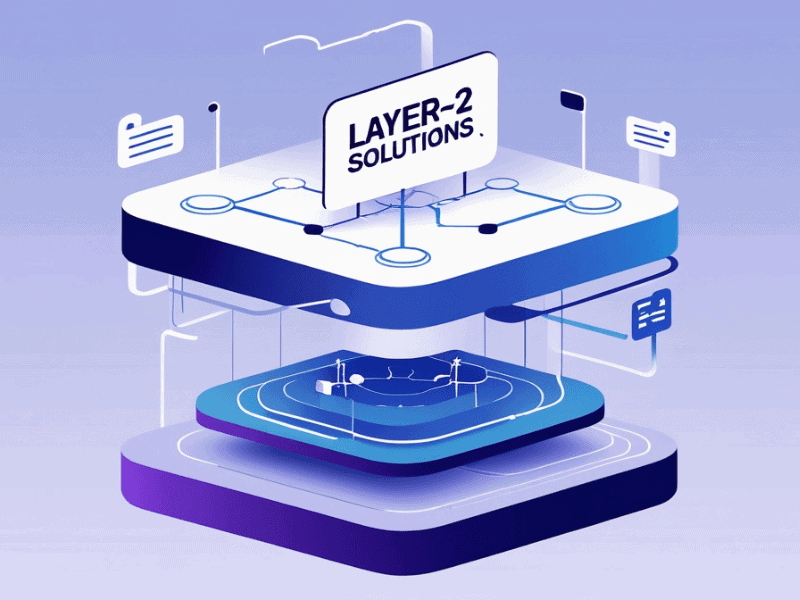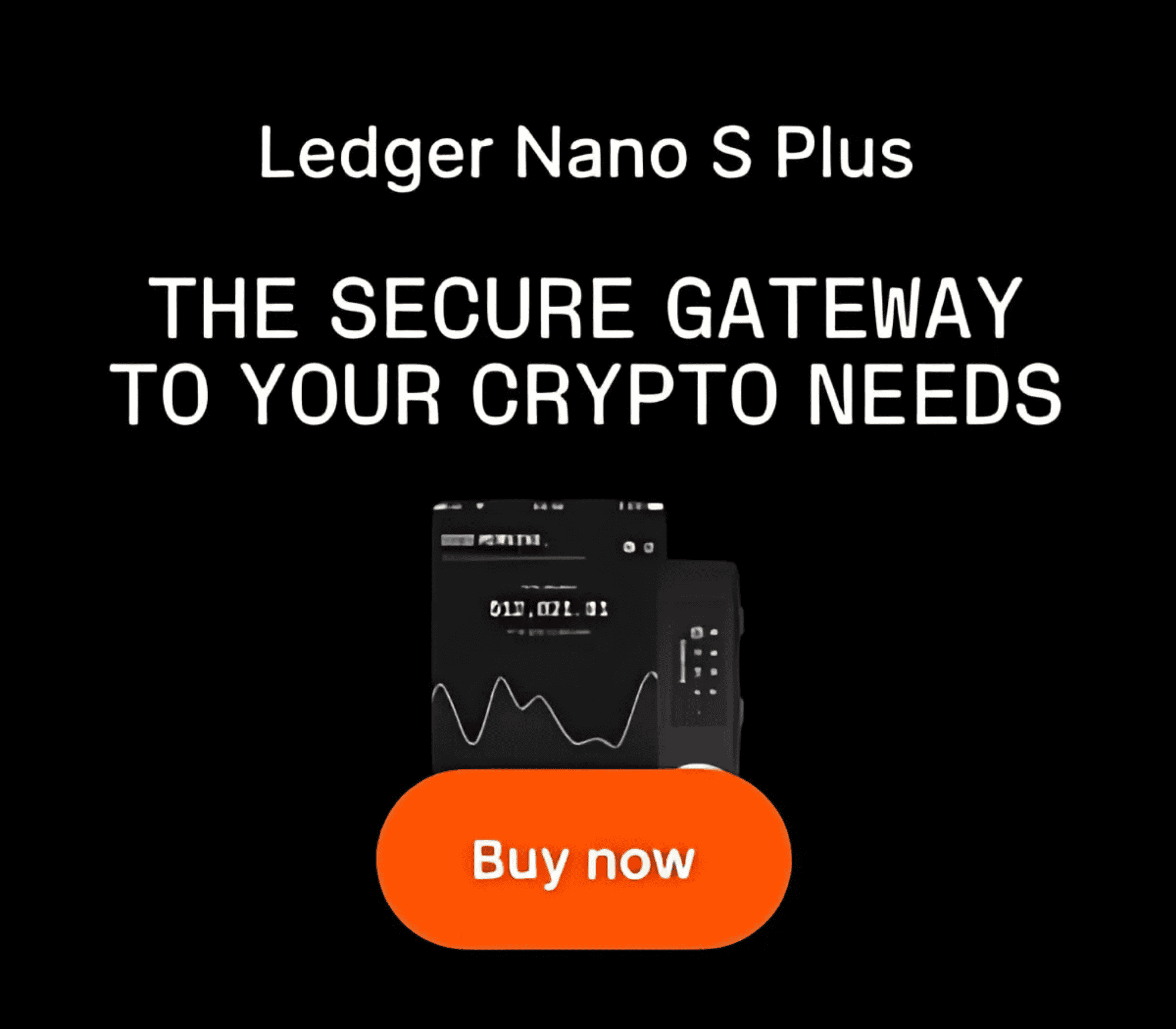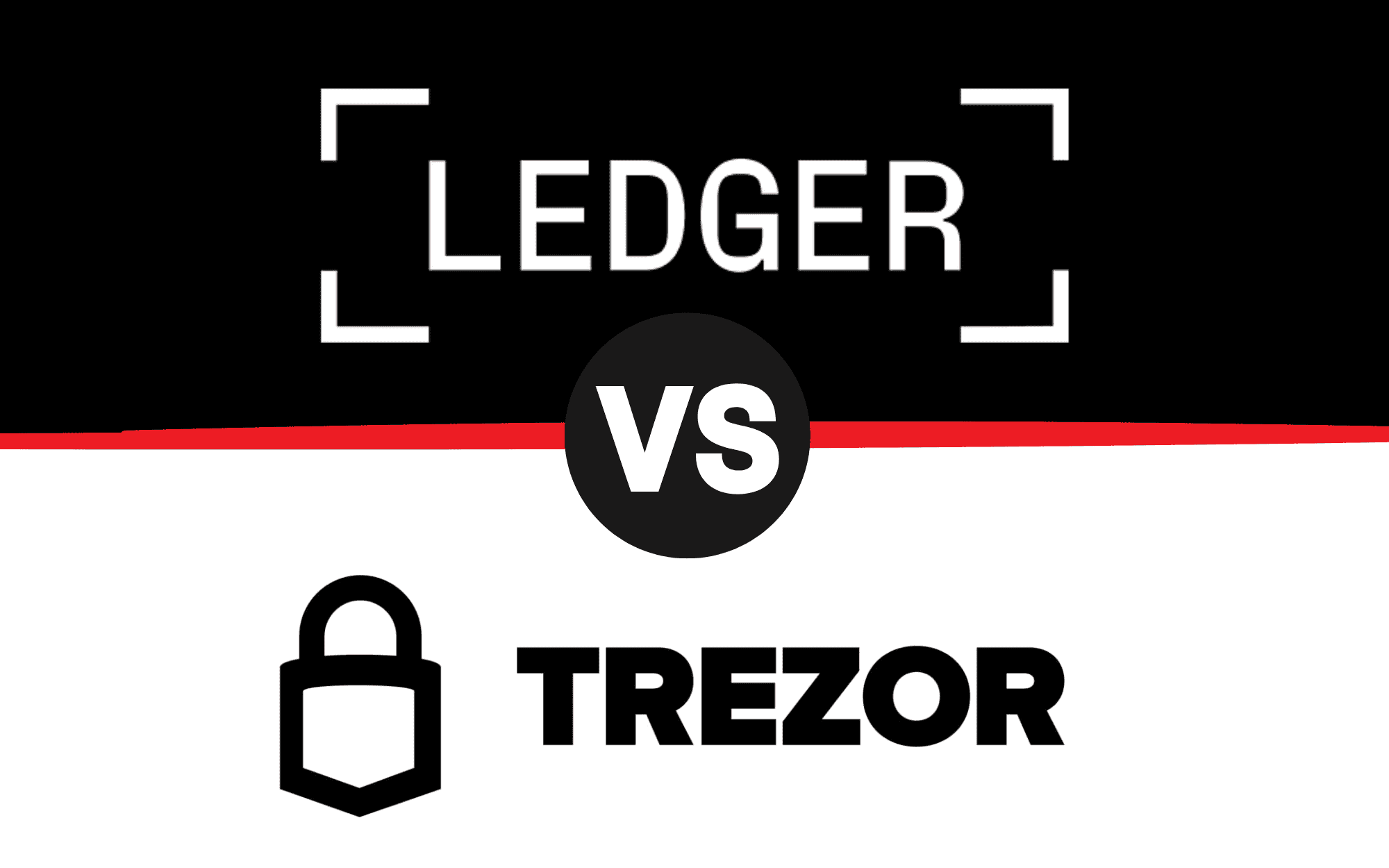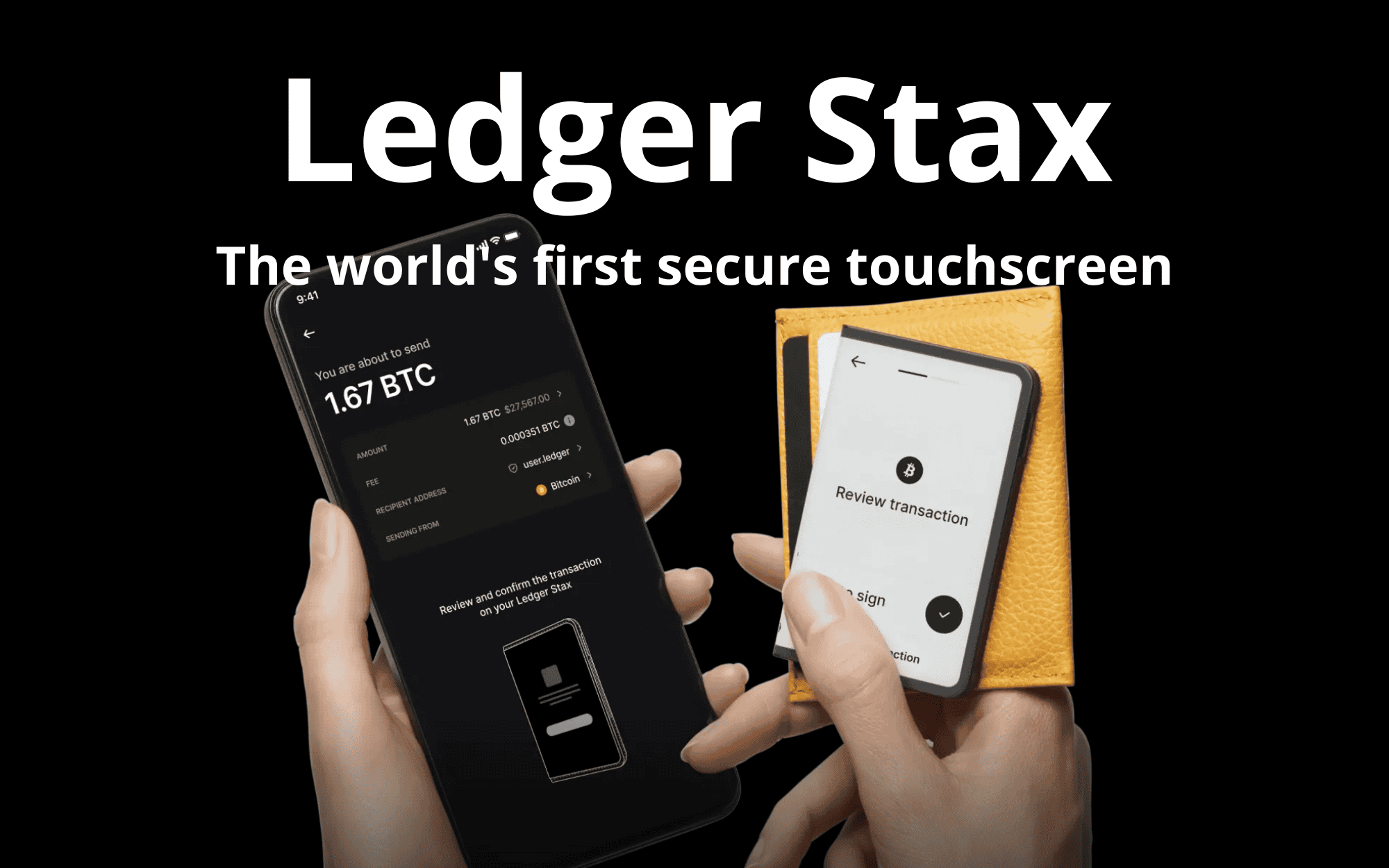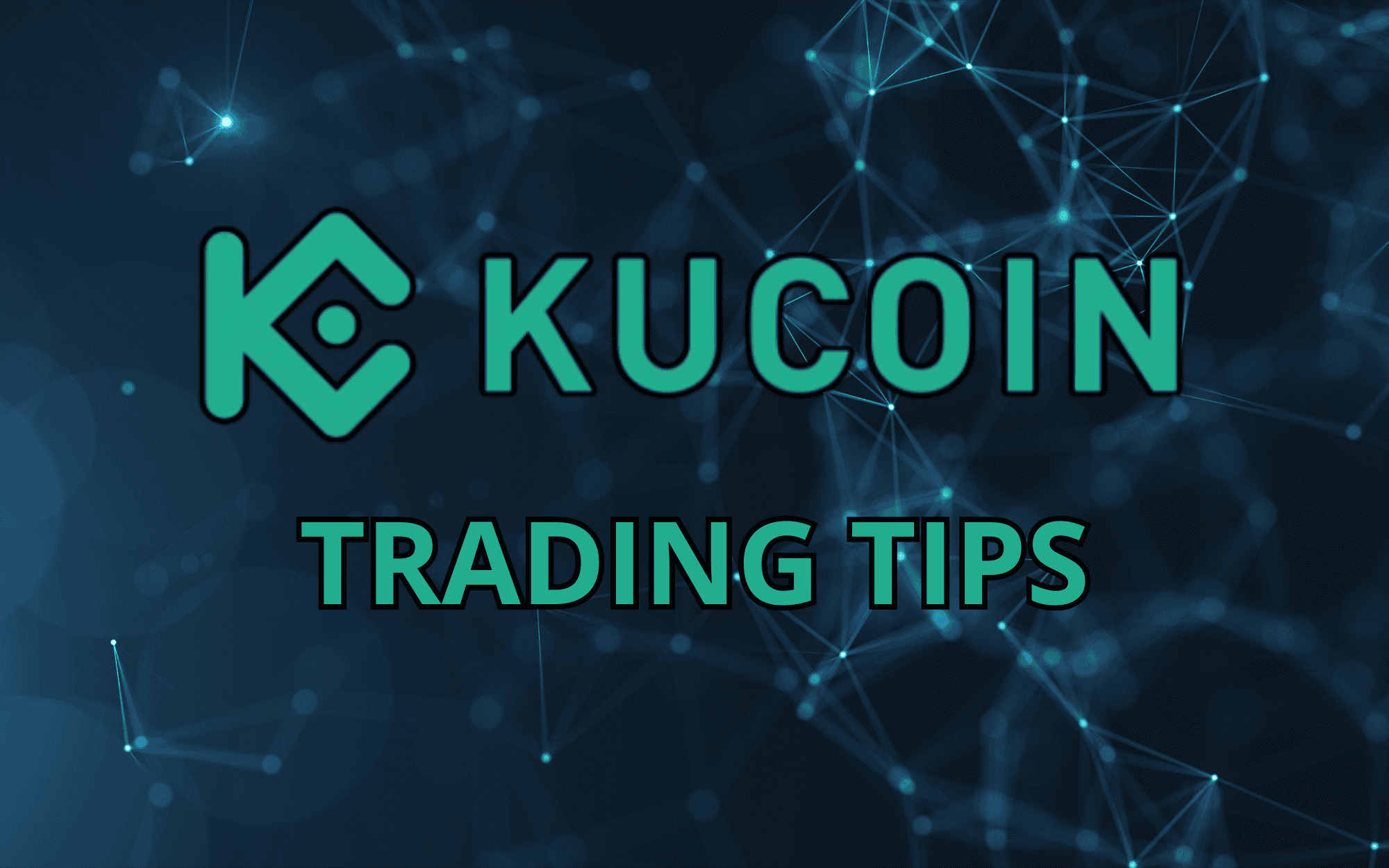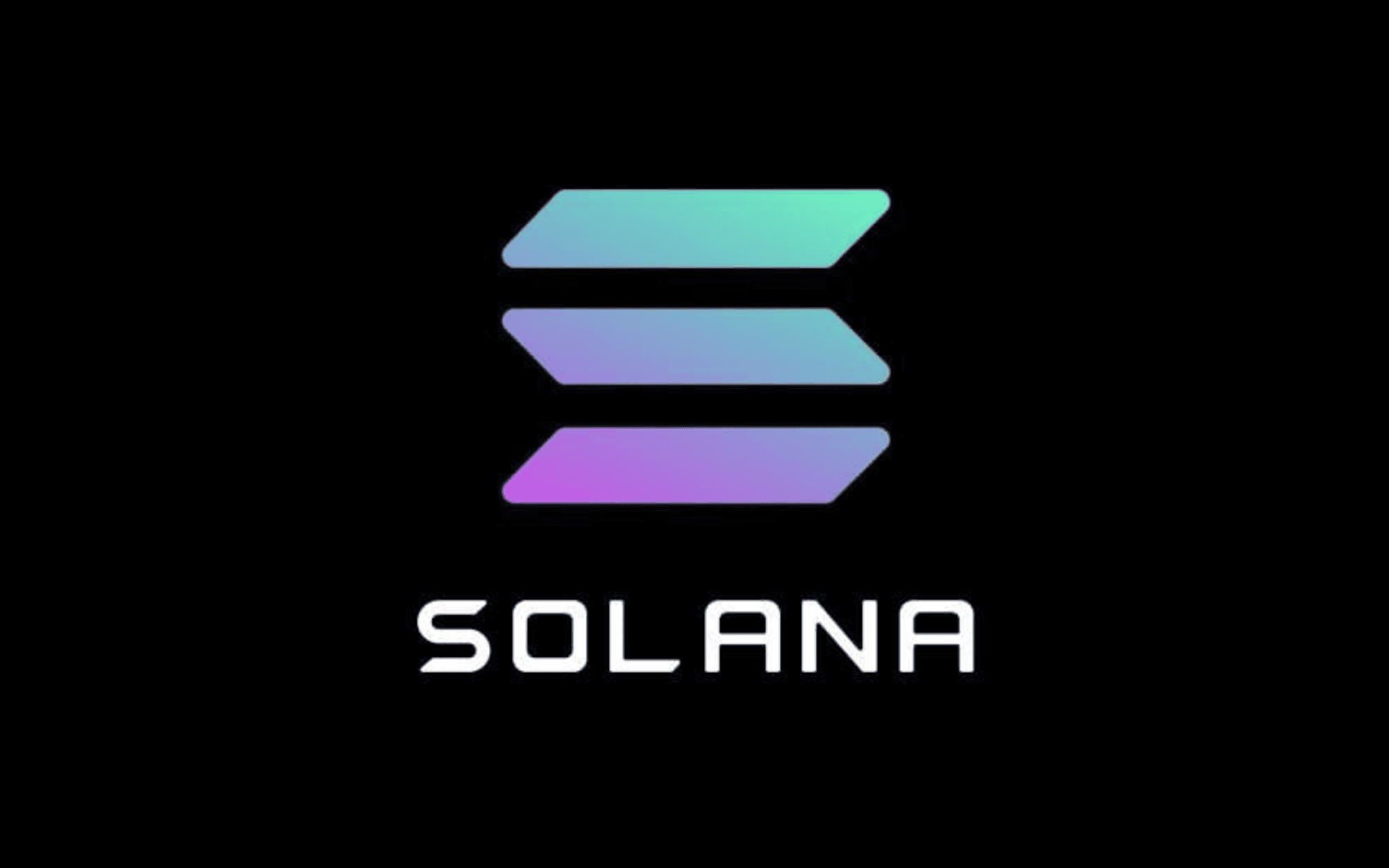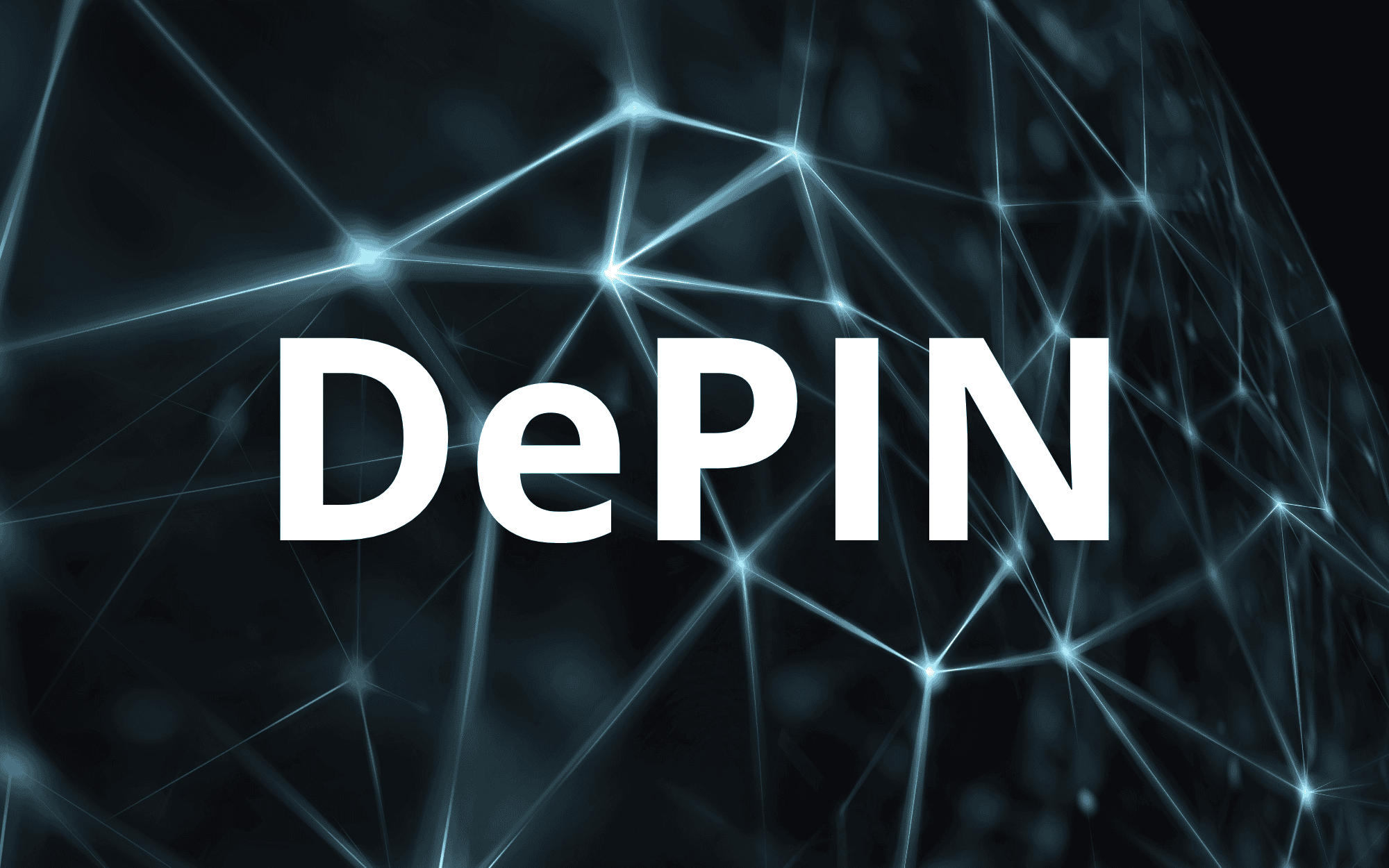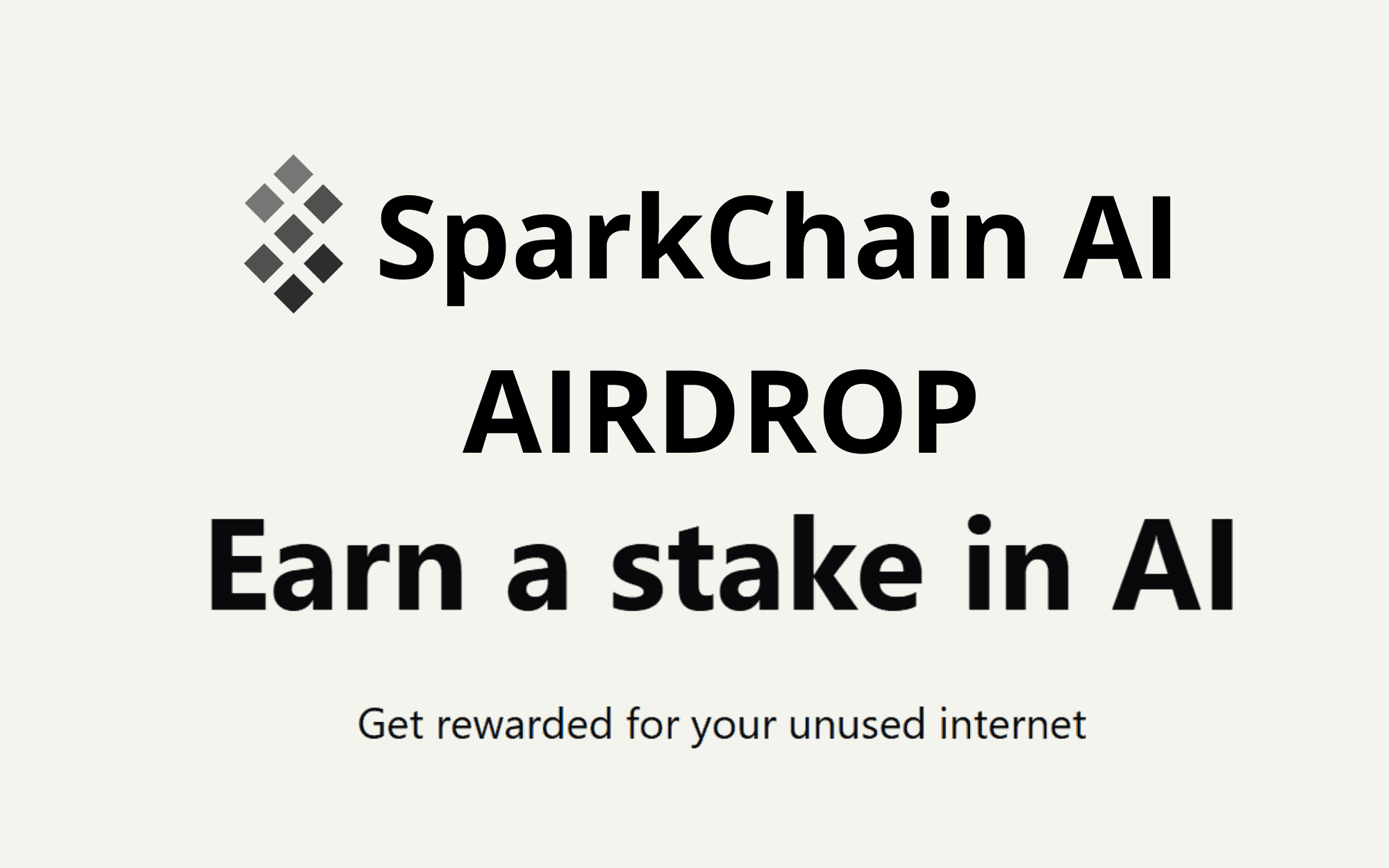Layer-2 Solutions in the Crypto Industry have rapidly emerged as a vital component in the evolution of blockchain technology. As the popularity of cryptocurrencies grows, so do network congestion and transaction fees—key challenges that hinder mainstream adoption. Our team embarked on an extensive research investigation, examining data from high-authority sources like CoinDesk and CoinMarketCap to better understand how Layer-2 (L2) solutions function and which user groups stand to benefit the most.
Scalability Challenges and the Emergence of L2
The term “Layer-2” refers to protocols or networks built on top of an existing blockchain (often referred to as Layer-1). Bitcoin and Ethereum, two major Layer-1 networks, sometimes struggle with high traffic leading to slower transaction confirmations and elevated gas fees. By offloading some of the computational load from Layer-1 to an upper layer, Layer-2 solutions in the Crypto Industry improve transaction throughput and cost efficiency.
The Role of Layer-1
Layer-1 (e.g., Ethereum, Bitcoin, Cardano) is responsible for consensus and maintaining the core blockchain ledger. However, as usage skyrockets, performance bottlenecks become apparent. Historically, one approach to solve this problem was to enlarge the block size or adjust consensus mechanisms—but this can compromise decentralization or security.
Why Layer-2 Matters
Our data-driven analysis found that a significant proportion of users, particularly in fast-paced trading environments like decentralized exchanges (DEXs) or NFT marketplaces, struggle with high fees when traffic is heavy on Layer-1 chains. For instance, Ethereum gas fees can spike to tens or even hundreds of dollars per transaction during peak periods. Layer-2 solutions in the Crypto Industry tackle this problem by processing transactions “off-chain” or in secondary frameworks, then batching or finalizing those transactions on the main chain. The result? Faster, cheaper operations that still inherit the security guarantees of the underlying Layer-1 blockchain.
Core Principles Behind Layer-2
- Off-Chain Computation: Many L2 solutions handle smart contract execution or transaction batching off the main chain, reducing congestion.
- Security Through Main Chain: Final settlement or “state commitments” occur on the Layer-1 chain, ensuring that transactions remain provably secure.
- Reduced Fees: By distributing activity across L2 networks, user gas fees often decrease substantially, fostering broader participation.
Different Approaches: Rollups, State Channels, Plasma
Layer-2 is not a one-size-fits-all solution. Our team classified L2 technologies into several categories:
- Rollups (Optimistic and ZK): These compress transactions and publish them in batches on the main chain. Optimistic Rollups assume transactions are valid unless contested, while Zero-Knowledge (ZK) Rollups use advanced cryptography to prove validity on-chain.
- State Channels: Parties transact off-chain and only settle the final state on Layer-1. This approach is well-suited for micropayments or frequent trades.
- Plasma Chains: A framework for creating “child chains” that periodically commit their state to the main chain, offering high throughput for specific use cases.
Who Benefits?
Our interviews with ecosystem developers, entrepreneurs, and retail users revealed several key groups that benefit from Layer-2 solutions in the Crypto Industry:
- Traders and DeFi Enthusiasts: Faster transaction times and lower fees enable real-time arbitrage, high-frequency trading strategies, and frictionless yield farming.
- NFT Collectors: Minting and buying non-fungible tokens can become prohibitively expensive on busy Layer-1 networks. L2 solutions reduce costs, allowing more frequent and smaller transactions.
- Enterprise Applications: Companies exploring blockchain for supply chain management or data verification can use Layer-2 to maintain security while scaling their operations.
Throughout our investigation, we found that L2 adoption is steadily rising. According to various analytics dashboards, the total value locked (TVL) in some L2 protocols has reached billions of dollars—a strong signal of market confidence in these scalability solutions.
Having established the fundamentals, we will now dive into a deeper examination of notable Layer-2 projects, real-world data, and the challenges that remain. This comprehensive analysis aims to provide investors, developers, and everyday users with the knowledge needed to decide if and how L2 fits into their crypto strategies.
Key Layer-2 Solutions & Data
1. Arbitrum
Arbitrum is an Optimistic Rollup solution geared toward reducing fees and increasing throughput on Ethereum. It processes transactions off-chain and publishes the results on Ethereum, relying on a challenge system to dispute fraudulent activity. Our team reviewed Offchain Labs documentation and discovered that Arbitrum consistently ranks among top L2s by TVL. Investors and dApp developers report substantially lower gas costs on Arbitrum compared to direct usage of Ethereum’s main net.
- Performance Metrics: In many cases, Arbitrum can lower transaction fees by up to 90%.
- Adoption: Various DeFi protocols, including lending platforms and DEXs, have launched on Arbitrum, broadening its ecosystem.
2. Optimism
Optimism is another Optimistic Rollup that aims to retain Ethereum’s security while achieving higher throughput. The project emphasizes ease of porting existing Ethereum smart contracts. During our investigation, we noted that Optimism’s user base grew dramatically after multiple dApp migrations from mainnet Ethereum. According to DeFi Llama, Optimism’s TVL has been steadily climbing, signifying strong market trust.
- Key Advantages: Compatibility with Ethereum tooling, significant reduction in gas fees, and a robust grants program for ecosystem growth.
- Challenges: Occasional bridging delays can occur if fraud proofs are triggered, though the platform continues to optimize this.
3. Polygon (Previously Matic Network)
Polygon is often referenced as a “sidechain” rather than a pure rollup, but it effectively serves Layer-2 functions for Ethereum. With its own validator set, Polygon hosts numerous dApps seeking near-instant transactions and minimal fees. Projects like Aave and OpenSea have integrated Polygon to scale their user bases. Our data analysis indicates that Polygon’s robust marketing and developer support have propelled it to mainstream recognition, often appealing to NFT marketplaces.
- Pros: Fast, low-cost transactions with a wide developer community.
- Cons: Some critics argue that it sacrifices partial decentralization by relying on its distinct validator network rather than Ethereum consensus.
4. zkSync
A Zero-Knowledge (ZK) Rollup solution, zkSync uses cryptographic proofs to validate batches of transactions on Ethereum. This approach can deliver near-instant finality while maintaining high security. Our interviews with developers revealed that the primary advantage of ZK-based solutions lies in their trustless and mathematically secure nature, although the technology is more complex to implement compared to Optimistic Rollups.
- Use Cases: Microtransactions, gaming platforms, and privacy-focused dApps.
- Current Developments: zkSync 2.0 aims to support smart contracts fully, unlocking a host of DeFi possibilities.
Market Data and Trends
According to L2 data aggregators, the combined TVL across major L2 projects reached several billion USD in 2023, reflecting a robust demand for scalability. As these solutions evolve, they drive not only lower fees but also new possibilities in decentralized finance (DeFi), non-fungible tokens (NFTs), and enterprise blockchain integration. In many respects, Layer-2 solutions in the Crypto Industry represent the front lines of innovation, as each protocol competes to deliver the highest speeds, lowest costs, and greatest user adoption.
Challenges and Limitations
Despite the progress, certain hurdles remain. Some L2 projects face bridging complexities that can confuse first-time users. Others grapple with partial centralization or reliance on trusted validators. Additionally, if Ethereum itself transitions to more scalable architectures (through sharding or future upgrades), the role of L2 solutions might evolve. Nonetheless, most analysts predict that L2 technologies will remain integral to the blockchain ecosystem, ensuring that high-volume dApps can operate efficiently without congesting the base layer.
In the next section, we’ll address the practical implementation of L2 solutions, focusing on security best practices, developer tooling, and how businesses can integrate these systems. We will also highlight how regulatory considerations may impact L2 adoption.
Implementation, Security & Best Practices
1. Practical Onboarding for Users
For retail crypto enthusiasts wanting to leverage Layer-2 solutions in the Crypto Industry, onboarding typically begins with bridging assets from the main chain to an L2 network. This process involves connecting a wallet (e.g., MetaMask) and specifying the desired L2 protocol. Our investigation found that while bridging fees are lower than typical mainnet gas prices under heavy congestion, they still vary based on network activity. Once funds are successfully on L2, users can trade, stake, or participate in decentralized applications at a fraction of the cost.
- Beginner Tip: Start with small test transactions to become familiar with bridging mechanics and ensure you’re on the correct network.
2. Security Considerations
Layer-2 solutions in the Crypto Industry inherit many of the base chain’s security guarantees. However, that doesn’t mean there are zero risks:
- Smart Contract Vulnerabilities: Rollups and sidechains rely on complex code that must be rigorously audited.
- Fraud Proof Delays: Optimistic Rollups may impose waiting periods if fraudulent transactions are detected, impacting user liquidity.
- Centralization Points: Some L2s rely on a smaller validator set or multi-sig committees, which can introduce trust assumptions.
Despite these issues, robust frameworks have emerged to mitigate risks. Many L2 projects undergo security audits by reputable firms such as ConsenSys Diligence, Quantstamp, and CertiK. Additionally, bug bounty programs provide incentives for ethical hackers to discover vulnerabilities before bad actors exploit them.
3. Developer Tooling and Ecosystem Growth
Our team also examined how developers integrate L2 functionality into their dApps:
- Porting dApps: Projects built on Ethereum can often replicate or move their smart contracts with minimal refactoring, especially with EVM-compatible L2s like Arbitrum and Optimism.
- Developer Guides and SDKs: L2 platforms commonly offer software development kits (SDKs), detailed docs, and community support, streamlining the transition from Layer-1.
- Test Environments: Many L2 testnets allow developers to experiment with new features or designs before deploying to mainnet, reducing risk and cost.
As more developers migrate to L2, we see a “network effect” in which each new project attracts additional users and liquidity, further increasing L2 viability. For instance, in 2022–2023, popular DeFi protocols like Aave and Curve extended to multiple L2 networks, creating a synergy that drew in both existing and new participants.
4. Regulatory Outlook
Regulatory clarity remains a mixed bag for L2 solutions. While many governments focus on centralized exchanges and stablecoins, the question of how to classify L2 tokens or bridging mechanisms is less settled. In some jurisdictions, friction could arise if regulators perceive certain L2 networks as offering unregistered securities or unauthorized financial products. Nonetheless, because L2s primarily serve as scalability infrastructures, they may face fewer hurdles than projects that raise funds via token sales or orchestrate complex financial instruments.
5. Best Practices for Users and Businesses
To ensure a smooth experience with Layer-2 solutions in the Crypto Industry, our team recommends:
- Diversify Across Multiple L2s: Each protocol has unique strengths. Spreading usage can reduce dependency on any single solution’s performance or security.
- Stay Informed: Keep up with official project announcements, community forums, and reputable news outlets like Cointelegraph for updates on protocol changes or security alerts.
- Evaluate Governance: If a solution uses a governance token, review the distribution and voting power. Overly centralized voting could lead to unexpected changes in protocol rules.
- Secure Your Wallet: Always safeguard seed phrases and use hardware wallets where feasible, especially when bridging significant amounts.
By following these guidelines and staying aware of the evolving L2 landscape, both individual users and enterprises can significantly benefit from increased speed, lower fees, and enhanced scalability.
Conclusion
Our thorough examination of Layer-2 solutions in the Crypto Industry reveals a dynamic ecosystem poised to address the scalability challenges of major blockchains. From rollups like Arbitrum and Optimism to sidechains like Polygon and emerging ZK-based technologies, L2 solutions offer tangible benefits in transaction speed, cost efficiency, and user accessibility.
Team Opinion
Based on our data-driven investigation, our team believes that L2 solutions are indispensable for the crypto industry’s next phase of growth. While Ethereum’s evolution (such as sharding) and competing Layer-1 blockchains may reduce some L2 needs in the long term, we foresee continued innovation that will keep L2s relevant. We recommend that new users experiment with reputable L2 platforms to experience the benefits firsthand, especially if high mainnet fees are a barrier. For developers and businesses, integrating L2 functionalities can greatly enhance user satisfaction and profitability, as long as security best practices and regulatory considerations remain top of mind.

